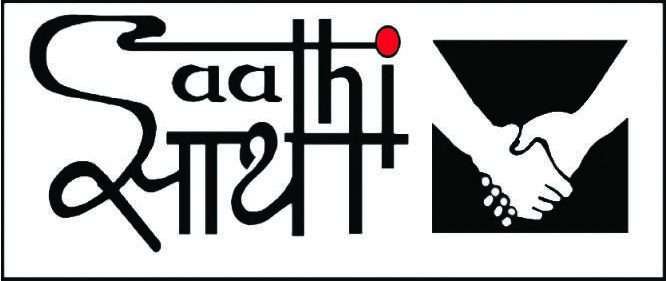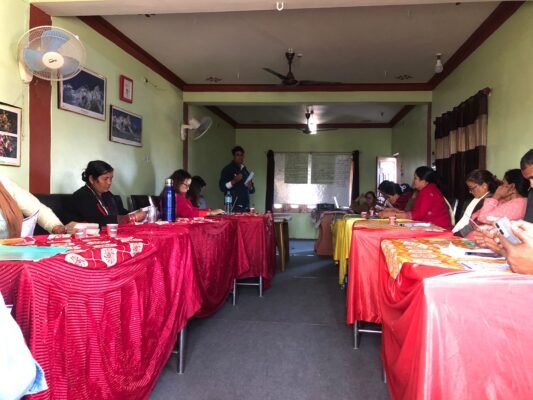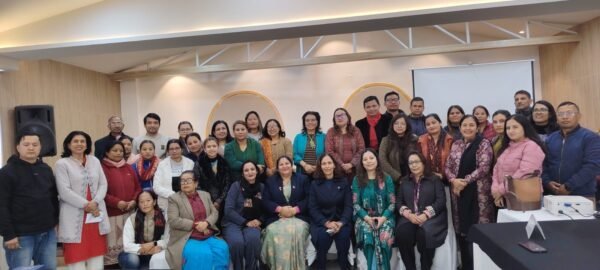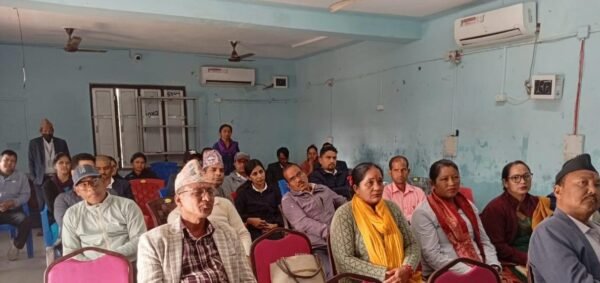Saathi’s Drop-In Center for Street Children: “BISHRAM BAL KENDRA”
Lalitpur, Kathmandu
2001-2009
The ‘Bishram Bal Kendra’ Drop-In Center for Street Children was established in Lalitpur, Kathmandu in October of 2001. Its aim was to meet the immediate needs of street children in the area while fighting against child abuse and exploitation by allowing the children the right to education.
The drop-in center was first started in Lalitpur as there were no such centers. From the apparent devastating condition of street children in the area, Saathi became aware of the dire need for such shelters.
The drop-in center offered emergency support for children who had to leave their families due to various social difficulties, such as domestic abuse, poverty, and family breakdown. It addressed the urgent needs of these children, taking a census and registering as many of them as possible. The center’s aim was to reintegrate marginalized children and deter them from adopting the street lifestyle. This was achieved by rapidly reintegrating 55 children who had been on the street for less than one week back into their families or in Bal Ashreya Shivir, Saathi’s permanent shelter.
As part of our mission, the center provided the children with the following victim support services:
- Outreach program
- Food, Shelter, and Medical Care
- Counseling
- Education, Vocational Training, and Extra-curricular Activities
- Scholarships
- Family visits
- Reintegration and follow up visits
Saathi Drop-In Centre provided the children with awareness raising classes on the following issues:
- HIV/AIDS
- Health and Hygiene
- Child Rights
- Child Sexual Abuse
- Bullying
- Drug Abuse
- Life Skills
In the vocational training, the following subjects were covered during the training program:
- Effective Communication Skills
- Empathy
- Creative Thinking
- Critical Thinking
- Interrelationships
- Problems face by teenagers
- Decision Making Skills
- Problem Solving
- HIV/AIDS
- Leadership Skills
Extracurricular Activities:
The center also included a variety of activities to entertain and educate the children all year round, including:
- Dance Classes
- Art and Craft Classes
- Educational Field Trip:
- Festivals
- Movies
- Sports
- Annual Picnic
- Other programs
The shelter was able to register and work with approximately 822 children. The center’s success was largely due to the out-reach workers who ventured into the streets every week to meet the children and raise awareness of Saathi’s programs. The support provided to the children as well as their families by the counselors was crucial to the identification of the causes of street life and to the reintegration process. Finally, the follow up visits in the families helped to stabilize the child’s current situation and provide further help where needed. The education and training programs (driving, carpentry, paper production, etc.) provided in collaboration with other organizations like CWIN, gave the street children the hope and the possibility to transform their lives and reintegrate into society.
Saathi also organized sport and cultural activities, participated in social rallies (HIV/AIDS day, Children’s day, etc.) and gave hygiene courses and health check-ups to improve the children’s quality of life.
Facts and Figures:
During the time of the program, an average of 27 children visited the drop-in center on a daily basis while there were provisions for 70 children to sleep overnight. Because Saathi’s aim was to accommodate those children in immediate need, there had been considerable fluctuation over several years of the program’s implementation. The background of the children also dictated the number of children at the center. Many of the children live on the streets because of family conflict (mainly with a step-parent), peer pressure, poverty, and domestic violence.
The drop-in center was the first step towards reintegration as most of the children had been on the streets for more than one year. During the program, Saathi was able to effectively reintegrate 228 street children into their families and 115 into permanent shelters, provide vocational training for 77 children, and granted scholarships to 22 children.




